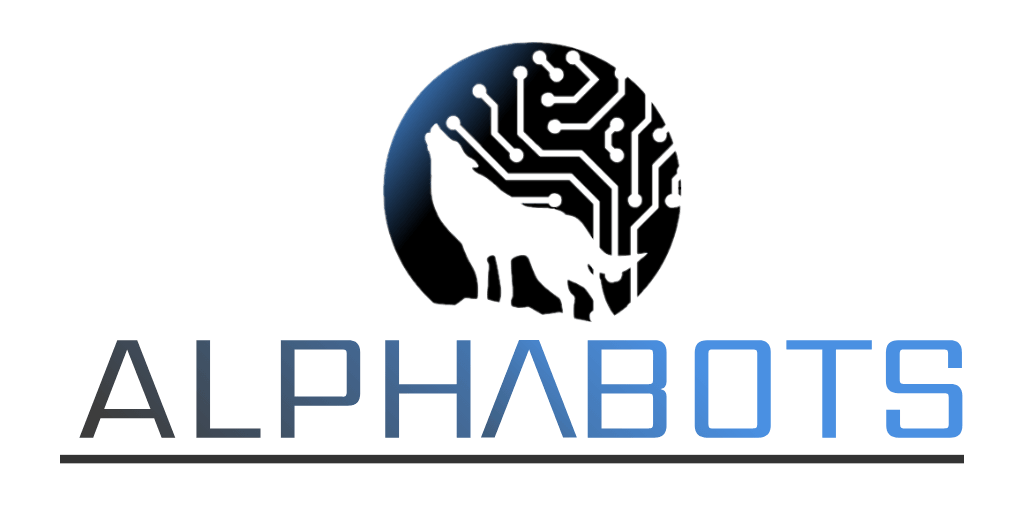Types of artificial intelligence Gizem Baruk I 19.01.2022
Artificial intelligence does not have a uniform definition. There are basically only two types: weak and strong AI.
Narrow AI:
Weak AI is able to carry out specific tasks whose solution it has previously learned or been taught by algorithms. It cannot learn new skills or new knowledge on its own, which is why machine learning is necessary for many AI applications. Through intensive training with large data sets, the AI learns to deal with situations within the scope of its task and to avoid mistakes, for example, it recognizes a geometric shape even if it is a different color than the previously learned examples.
Fields of application:
• Navigation systems
• Voice recognition
• Face recognition
• Pattern recognition (shopping basket analysis)
• Suggested corrections for searches
Strong AI (General AI / Super AI):
In contrast to weak AI, strong AI is able to apply its skills and knowledge in a wide variety of contexts. It acts like a human, only much faster and more efficiently. It functions in a similar way to the human brain, using neural networks to analyze large data sets. Accordingly, it can draw on the neural network and existing information and enrich and link previously learned skills with new content. It can make decisions independently, make forecasts and question decisions made. It does this on its own initiative without any human help.
The implementation of strong AI is still a long way off: The aim of its conception is for natural intelligence carriers (people) and artificial intelligence carriers (robots) to build a common understanding and mutual trust while working in the same field of activity. In this way, efficient human-machine collaboration could possibly be learned and enabled.



